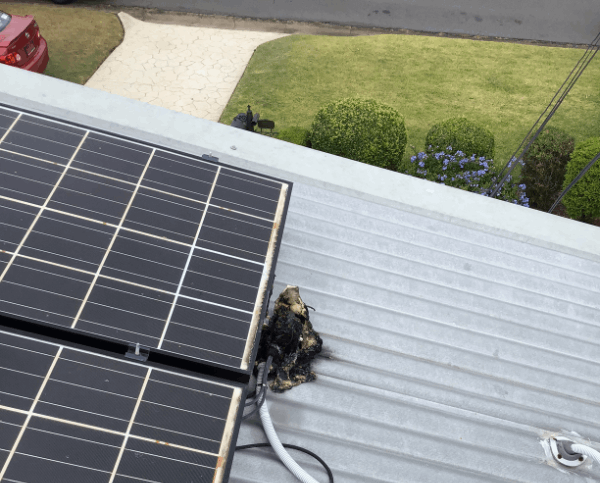What is a solar isolator switch?
A solar isolator switch is a safety device that manually disconnects the direct current (DC) electricity from the solar PV system. The isolator switches are usually located close to the solar panels on the roof and close to the DC end of the inverter, which means the panels can be disconnected both on the ground and on the roof.
The Australian Standard for solar system installations, AS/NZS 5033, mandated the installation of rooftop solar isolator switches. However, the standard was updated in late 2021 and according to clause 4.3.3, solar isolators are no longer required to be installed on all household solar PV systems, if other safety measures are followed. There are additional requirements around disconnection points, wiring locations and signage in place of the isolator necessities.
Solar isolator switches, which were intended as a safety measure to disconnect solar panels in case of a fault or emergency, actually made systems more vulnerable to fires and faults.

Do I need solar isolator switches?
If you are unsure as to whether you require solar isolator switches, use the following decision flowchart to ensure your installation is in accordance with AS/NZS 5033:2021:

